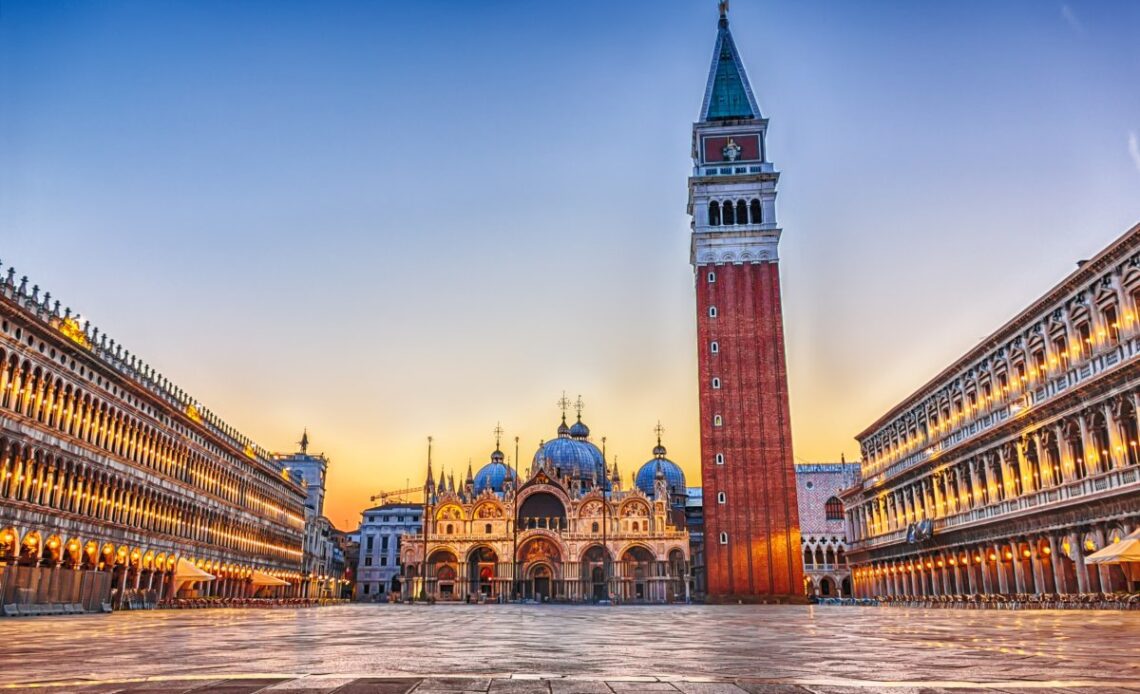Traces of a long-lost medieval church are thought to have been uncovered in the Piazza San Marco—the iconic square that sits at the heart of Venice, Italy.
Archaeologists had been conducting excavations at the site, known as St. Mark’s Square in English, as part of a project to restore the paving stones known as masegni.
It was during these works that archaeologists identified a series of walls and floor levels that they believe can be attributed to the church of San Gemignano, the Superintendency of Archaeology, Fine Arts and Landscape for the Municipality of Venice and the Lagoon said in a Facebook post.
This church was constructed in the square during the early medieval period, which lasted from the late fifth century to the 10th century. It was destroyed and rebuilt over the subsequent centuries before finally being demolished in the early 19th century. But over time, the exact location of the church was lost, according to the superintendency.
iStock
“The archival sources told us that in this area, even if we didn’t know exactly where, there could be the church dedicated to San Gemignano, of which no precise traces have ever been found,” Sara Bini, director of the excavations in the square for the superintendency, told Italian newspaper Il Resto del Carlino.
In addition to the aforementioned walls and floor levels, the archaeologists also uncovered the remains of several people buried together in a tomb—a find that supports the church hypothesis.
In medieval times, it was common to bury people next to or inside places of worship, according to the superintendency. It was equally common to place multiple deceased people inside the same tomb, although not necessarily at the same time.
These findings make it highly likely that the walls and floors belonged to the church itself, providing researchers to investigate—at least in part—one of the oldest places of worship in Venice, the superintendency said.
The church of San Gemignano existed long before the famous Saint Mark’s Basilica was built, and before the square took on its current…
Click Here to Read the Full Original Article at Newsweek…

